Published
2 years agoon
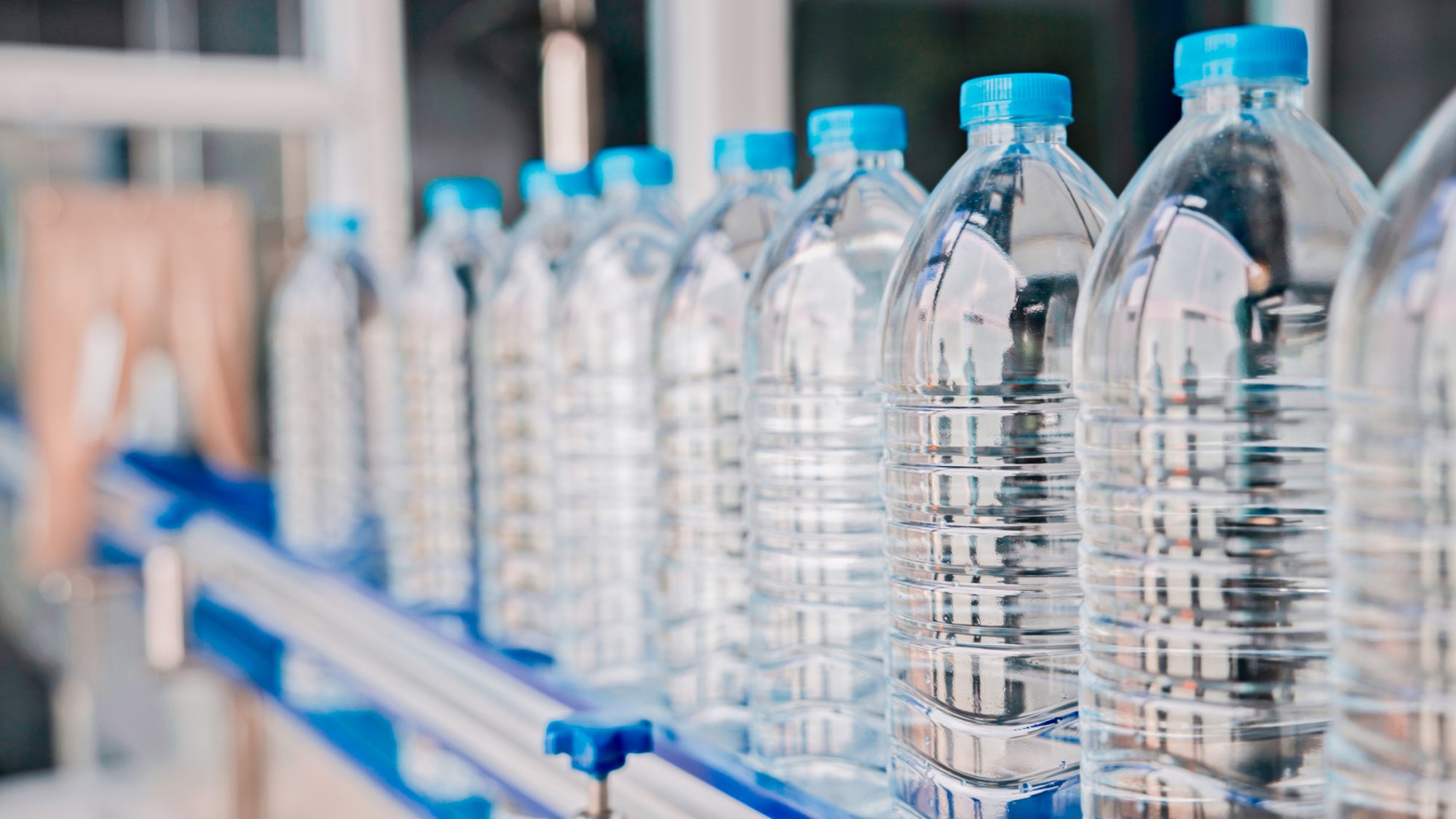
According to a new study published by Proceedings of the National Academy of Sciences (PNAS) on January 8, water from plastic bottles can contain up to 100 times more tiny plastic particles than previously estimated.
Using an innovative technique, scientists revealed that a single 1-litre bottle of water could contain 240,000 microscopic plastic particles.
Speaking to AFP about the potential health consequences, co-author of the paper, Beizhan Yan, stated “If people are concerned about nanoplastics in bottled water, it’s reasonable to consider alternatives like tap water,” adding that it is not recommended to avoid drinking bottled water when necessary, as the risk of dehydration may be greater than the potential consequences of exposure to nanoplastics.
It should be noted that nanoplastics have attracted more and more attention in recent years, and are present everywhere on the planet.
Microplastics are less than 5,000 micrometers, while nanoplastics are less than a micrometer. They are so small that they can penetrate the blood system and even the organs, including the brain and the heart.
Research into the consequences of nanoplastics on ecosystems and human health is still limited, however, some studies have already highlighted harmful effects such as reproductive abnormalities and gastrointestinal dysfunction.
For their study, the researchers used a brand new technique using lasers to identify plastic particles within water bottles.
The results showed that each liter contained between 110,000 and 370,000 particles per liter, of which 90% were nanoplastics, while the rest were microplastics.
Some of the most common plastics detected in the bottles were polyethylene (PE) and polyethylene terephthalate (P.E.T.), what water bottles are made of, and polystyrene (PS), what Styrofoam containers are made from, but the most commonly found plastic was polyamide (PA), a type of nylon.
However, these plastics only accounted for 10% of the nanoplastics found in the water. Researchers do not yet know what type of nanoplastics are contained in the remaining 90%, but depending on the type, there could be tens of millions of them in each liter.
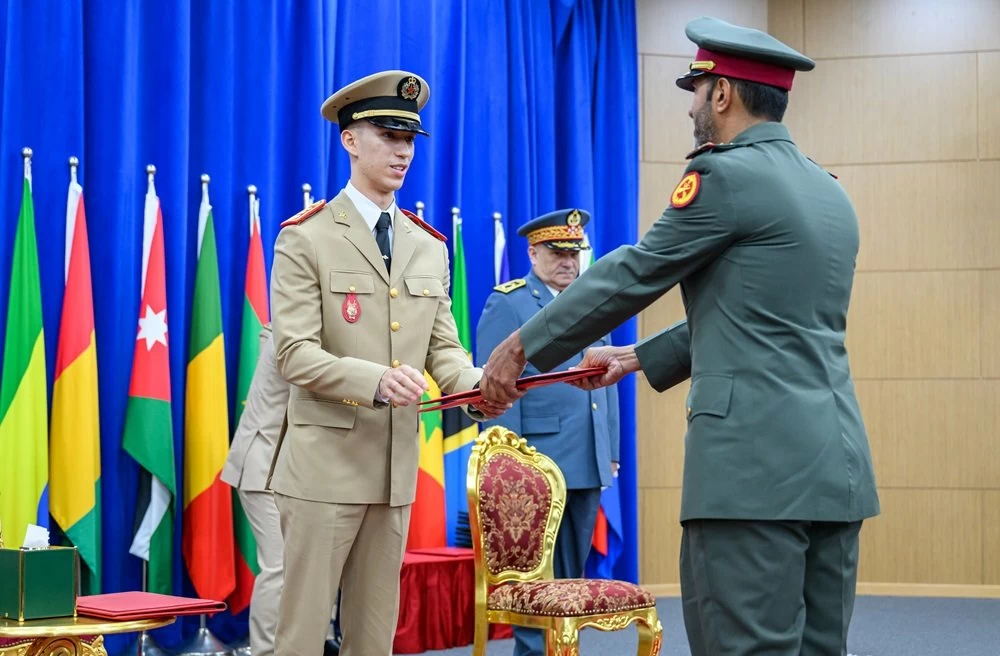

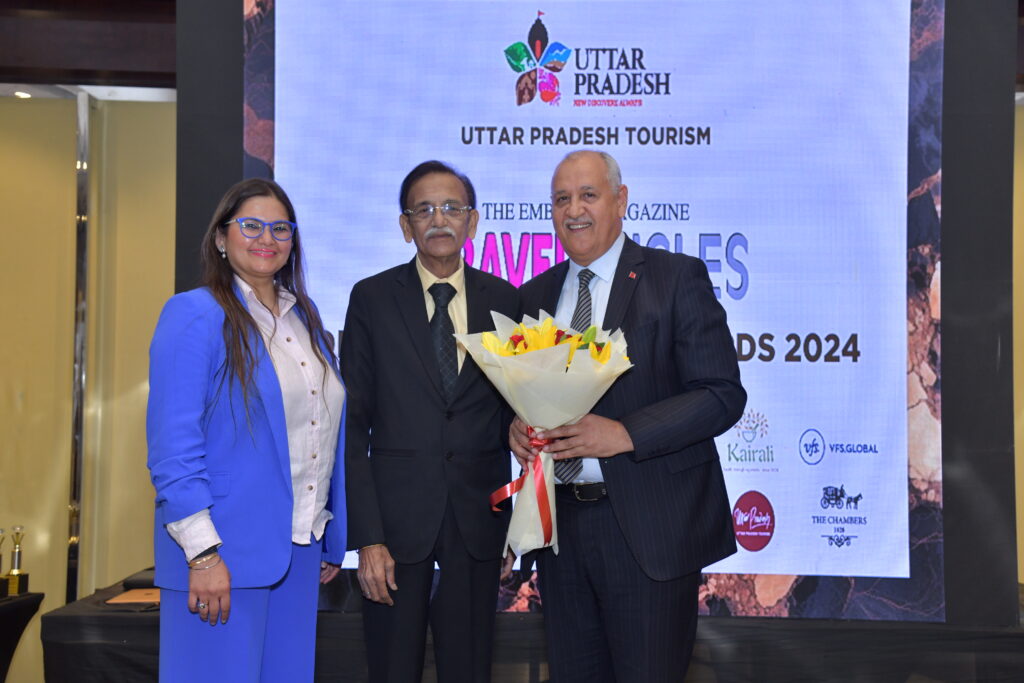


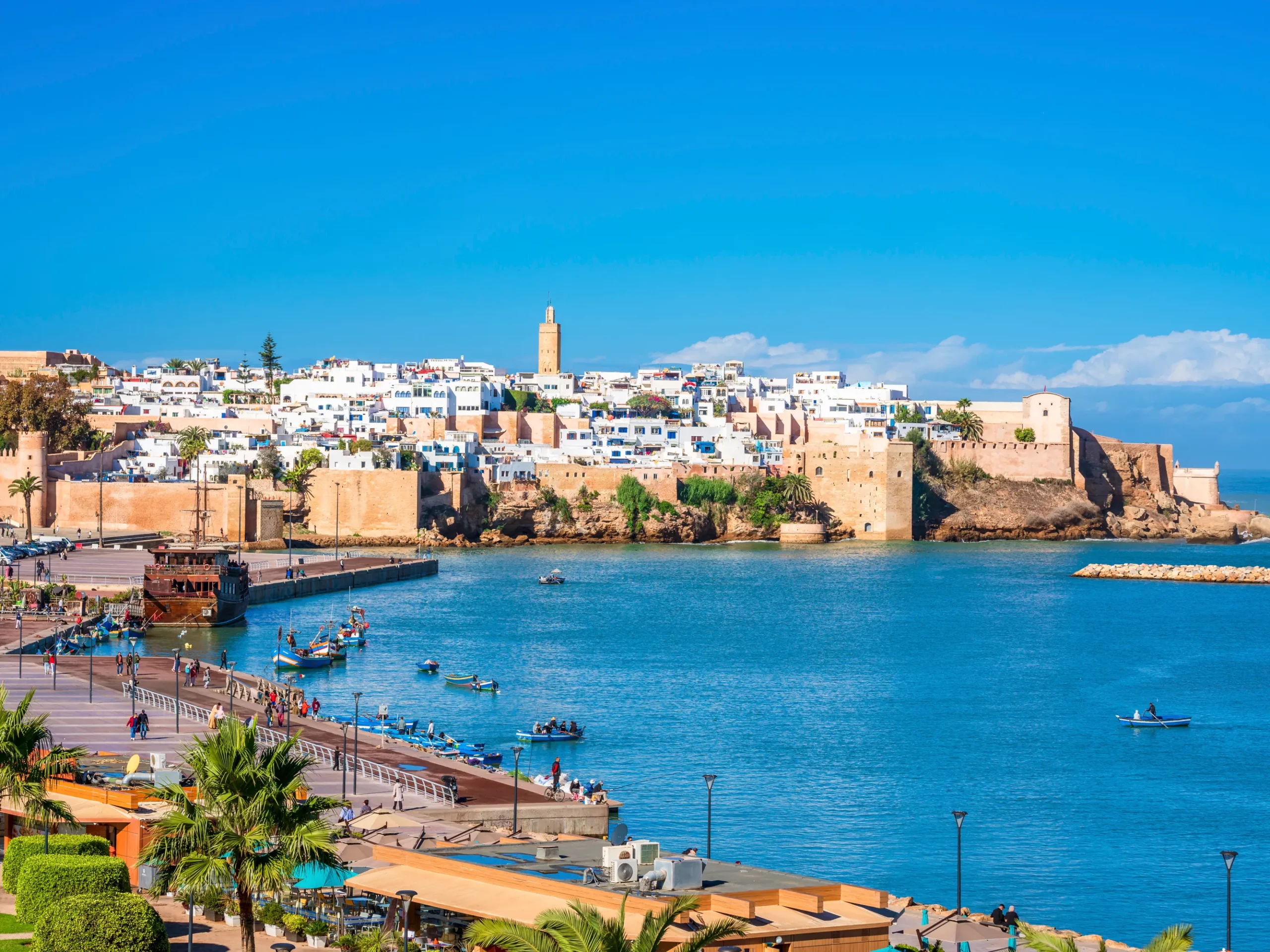

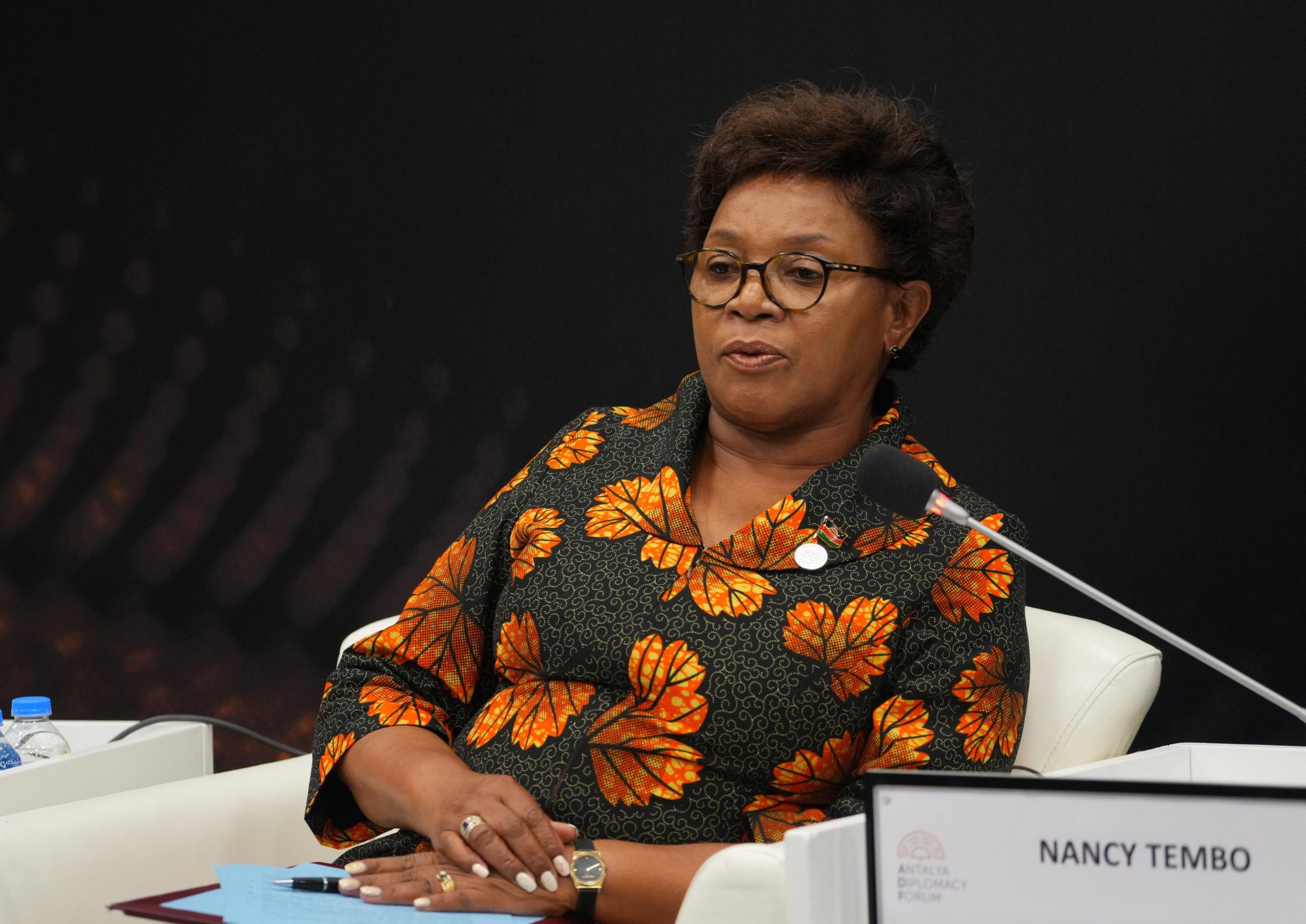




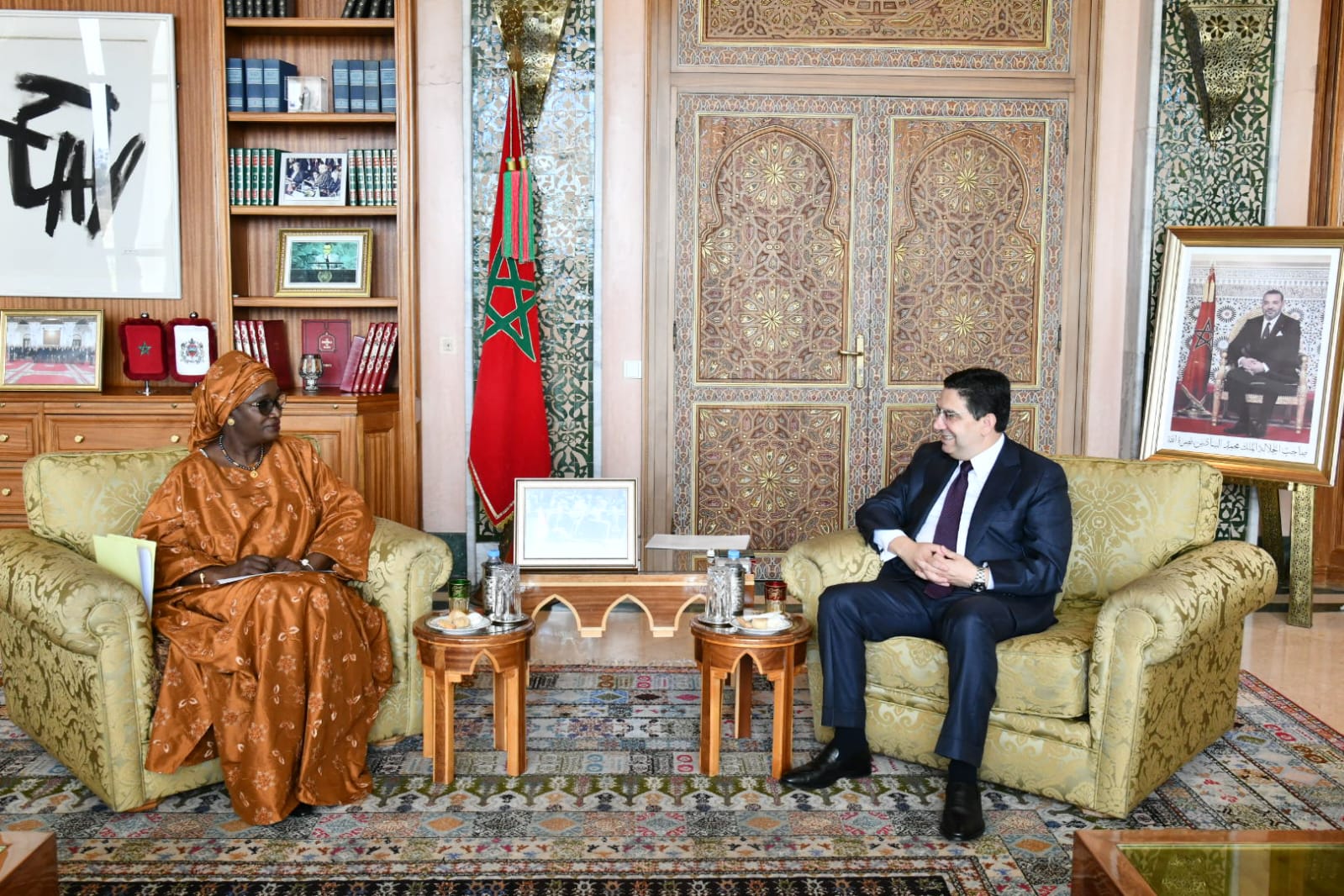

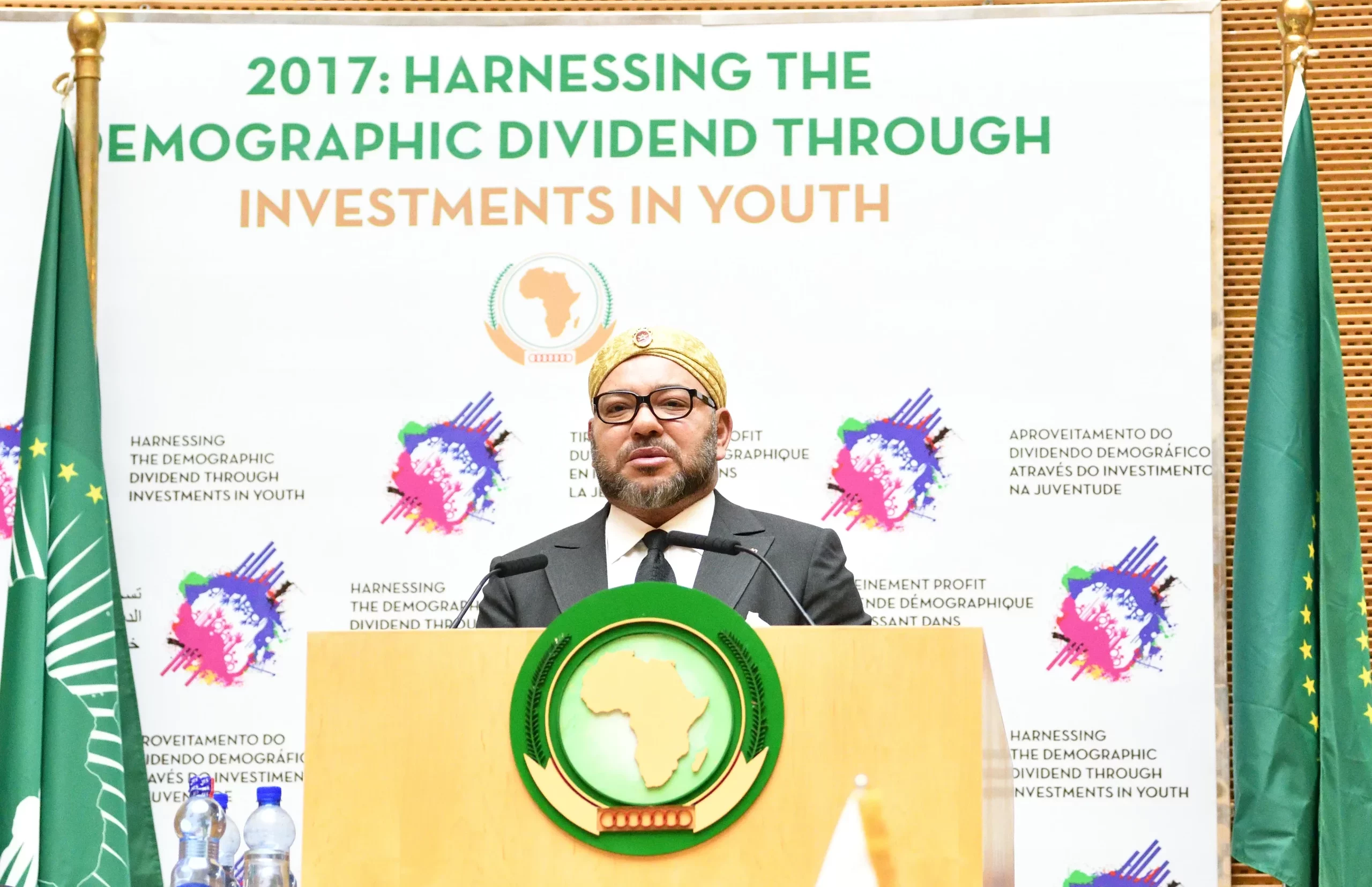
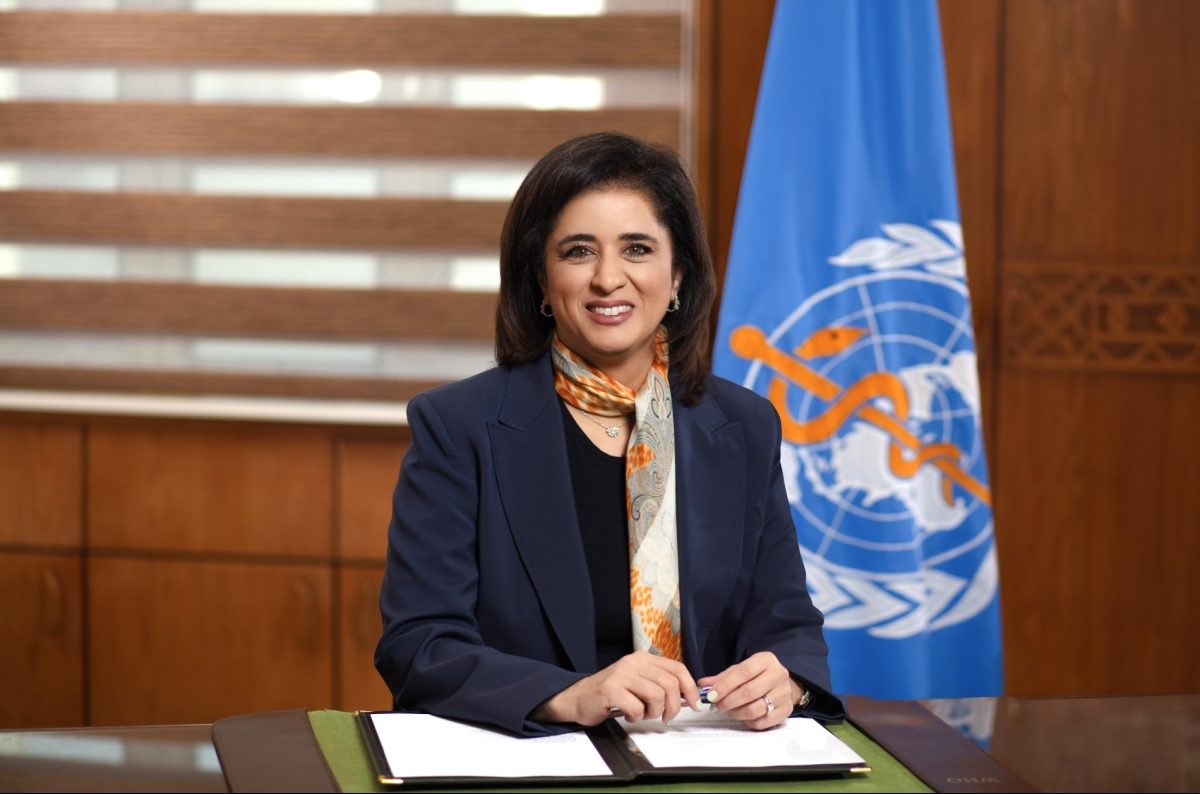
















Althena Media Group
Address:
Kamal Parc Center, Building A. Mohammedia. 28 810 Morocco
Phone Number: +212.710.39.99.99
Email: Contact@moroccoenglishnews.com
Advertising: Ads@moroccoenglishnews.com
Morocco English News is a leading digital news platform based in Morocco.
Morocco English News: See Morocco Differently
Updates and insights related to politics, culture, industry and technology, life and entertainment, Business and Finance.
